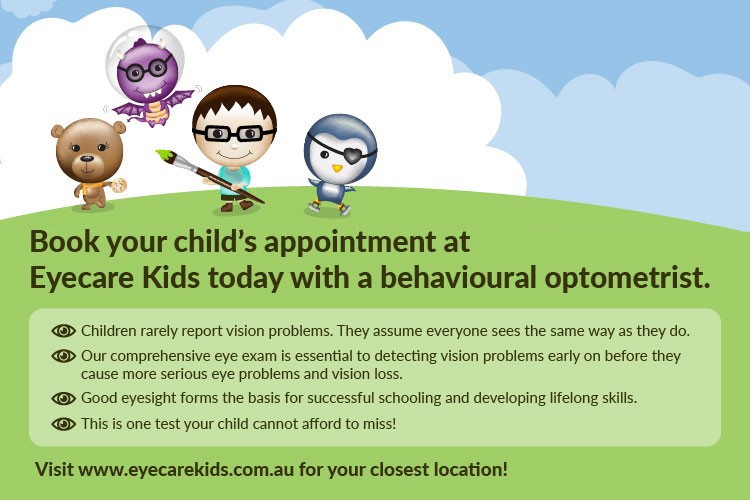Children who have sore, red, watery, sticky or itchy eyes may be suffering from a case of conjunctivitis. So what is this condition? And how serious can it be for your child?
What is conjunctivitis?
The conjunctiva is a clear membrane that covers the white part of the eye and the inner surface of the eyelids, providing nutrition and protection for the front of the eye. If it becomes inflamed, swollen and red this is known as conjunctivitis. Conjunctivitis is a common condition, particularly in children under the age of 5.
What causes conjunctivitis?
The main causes of conjunctivitis are infection by germs (viruses or bacteria) and allergies. Conjunctivitis will usually develop 1-3 days after infection.
Viral conjunctivitis
Viral conjunctivitis occurs more frequently in people who have just suffered from a cold, who have a weakened immune system from a previous virus, or who have come in contact with another person with viral conjunctivitis. Some of the typical symptoms of this form of conjunctivitis include itchy watery eyes. Viral conjunctivitis is often known as ‘pink eye’, as it causes a distinct redness of the eyes and in the follicles inside the eyelids that your local Eyecare Kids optometrist can check for. It is very contagious, and often infects both eyes.
Bacterial conjunctivitis
This form of conjunctivitis is differentiated from allergies or viral conjunctivitis by the pus discharge that develops. Often upon waking people will notice thick, purulent whitish discharge around the lids and lashes which may cause the eyes to stick together, or cause crusting on the lashes. The itchiness felt in this form of conjunctivitis is also different from other forms of conjunctivitis, as there is a more of a localised itch than a diffuse itchiness. Many who experience it describe the feeling as a foreign body sensation, and a child may complain of grittiness or a sandy feeling in the eye.
Allergic conjunctivitis
Allergic conjunctivitis is seen in children who have other types of allergic disease, such as hay fever, asthma and eczema. It is often caused by antigens like pollen, dust mites or cosmetics. Symptoms include intense itching of the eyes, redness and stringy discharge. These symptoms often occur at particular times of the year, such as spring and summer when there is a lot of pollen in the air. Allergic conjunctivitis is not contagious, but can be relieved by antihistamine eye drops, which our optometrists at Eyecare Kids may recommend.
What if I suspect my child has conjunctivitis?
While most conjunctivitis is not serious and will be controlled by the body’s immune system within a few days, some forms can cause damage to the eyes (such as trachoma, and infectious conjunctivitis in babies due to their poor immune defences). If you are worried your child has conjunctivitis, our optometrists at Eyecare Kids can diagnose the type of conjunctivitis and recommend a specific treatment plan to help treat the cause or ease their discomfort. It is especially important to seek medical advice if your child is experiencing severe pain, problems with their vision, increased swelling, redness and tenderness in the eyelids and around the eyes or is generally unwell (with a fever).
It is also important to help your child maintain good hygiene, as infectious conjunctivitis can be highly contagious. Bacterial conjunctivitis is contagious until the eyes are no longer red and there is no discharge (usually after a few days), and viral conjunctivitis may take longer for the eyes to clear, with your child infectious until their eyes are back to normal. Viruses causing conjunctivitis spread very easily (by touching the watery discharge from the eye or by coughing/sneezing if the same virus is causing a cold) while conjunctivitis from bacteria can be spread by hands touching the pus from the eye. Careful hand washing is very important to prevent the spread of conjunctivitis, especially before or after touching the eyes or face. It is also be a good idea to keep children home from school if they have an active form of infectious conjunctivitis to prevent spread to other children.

